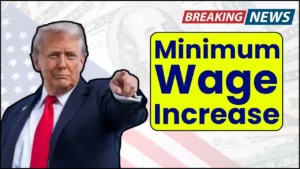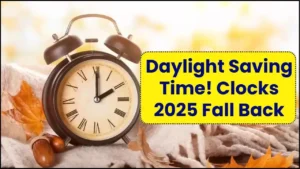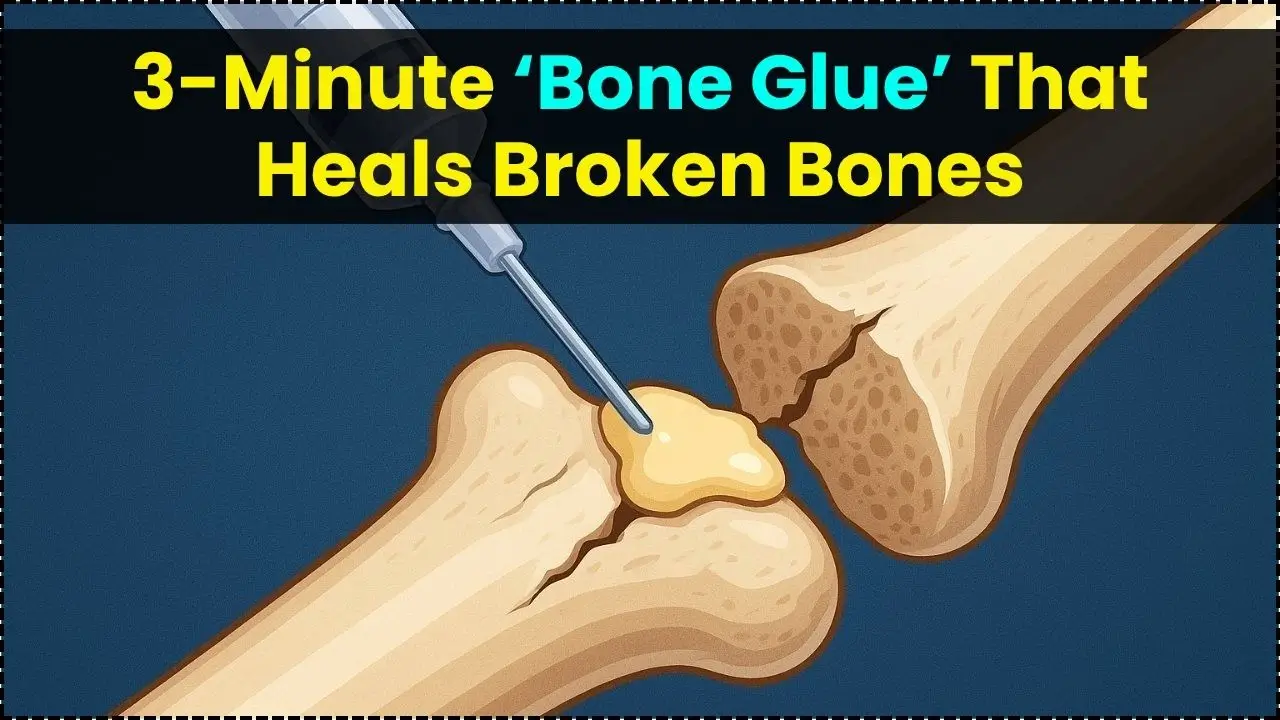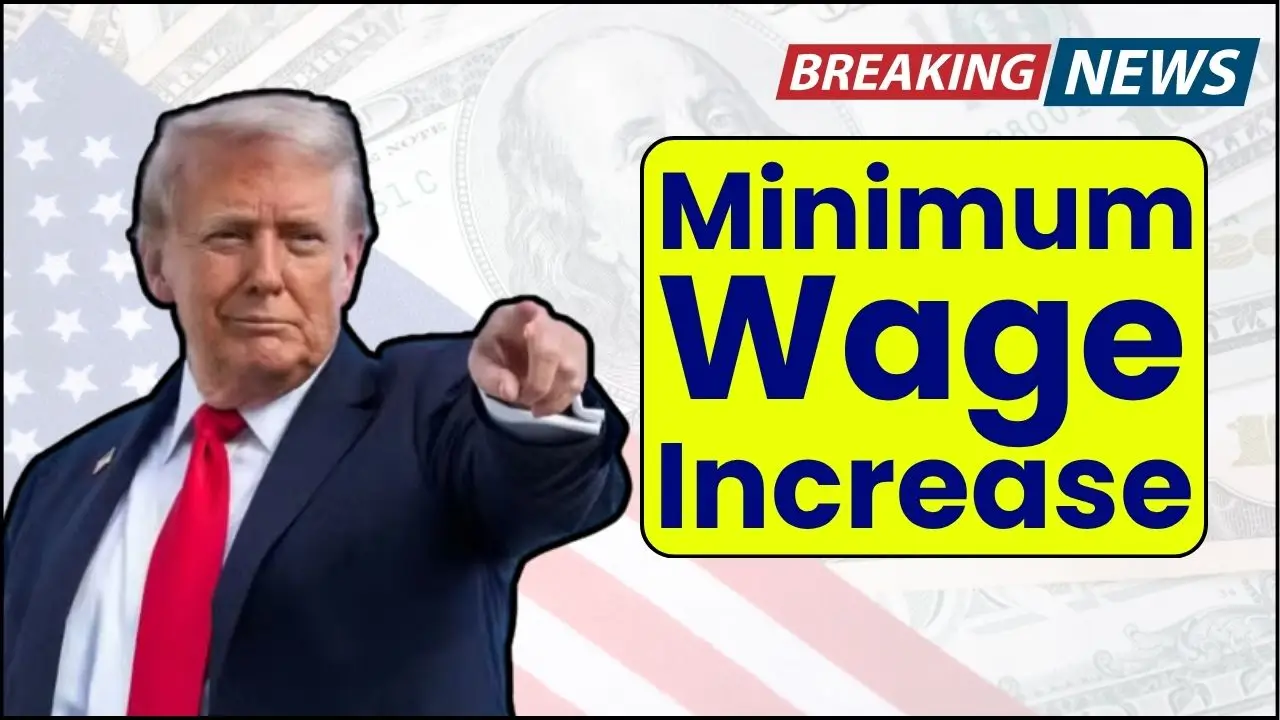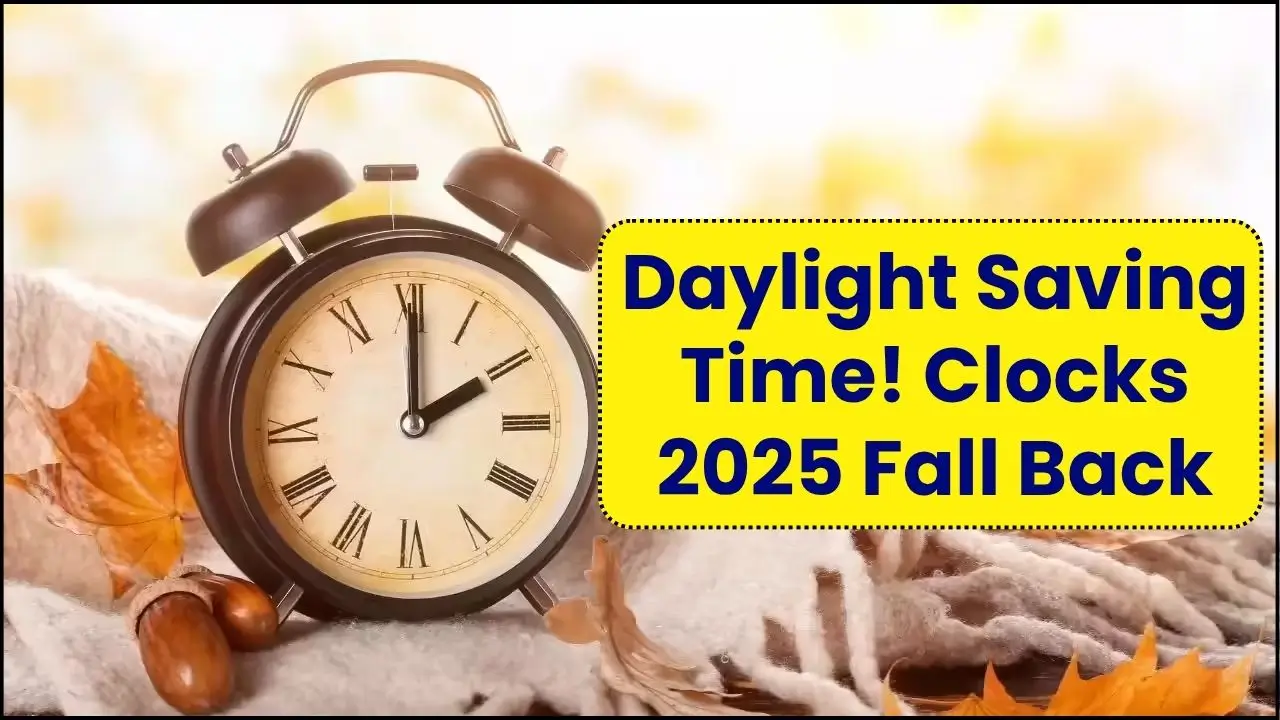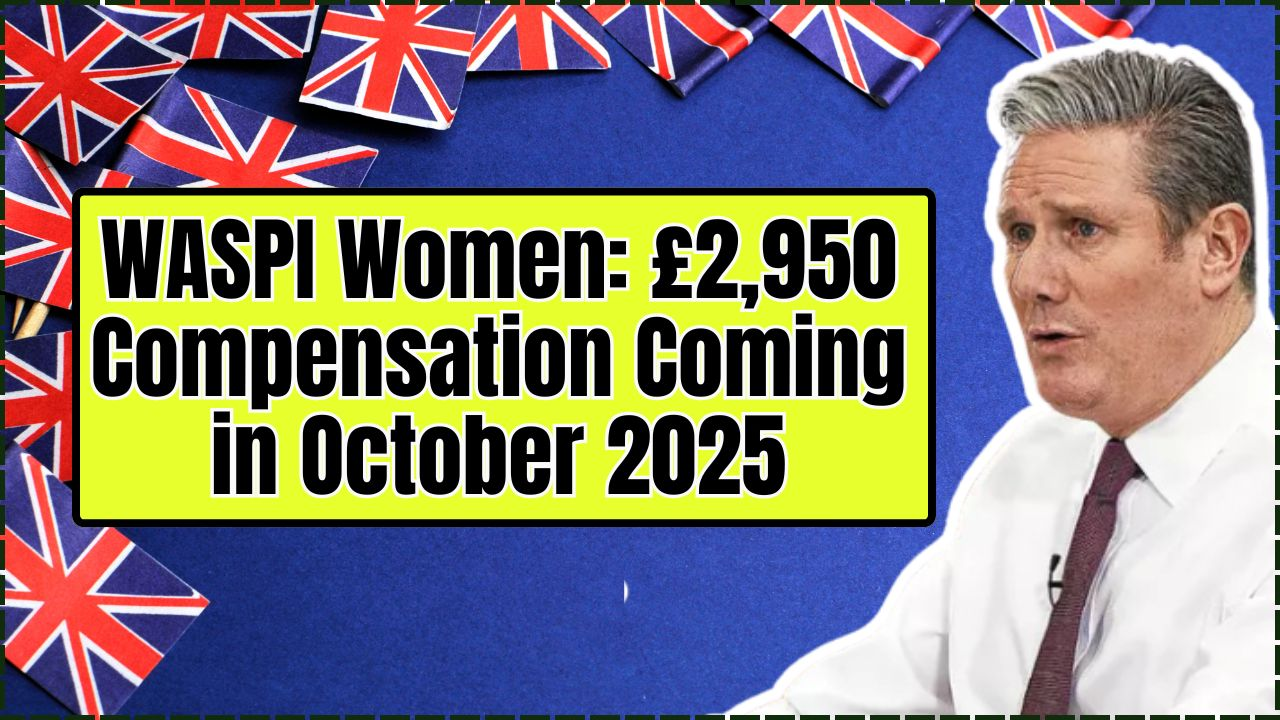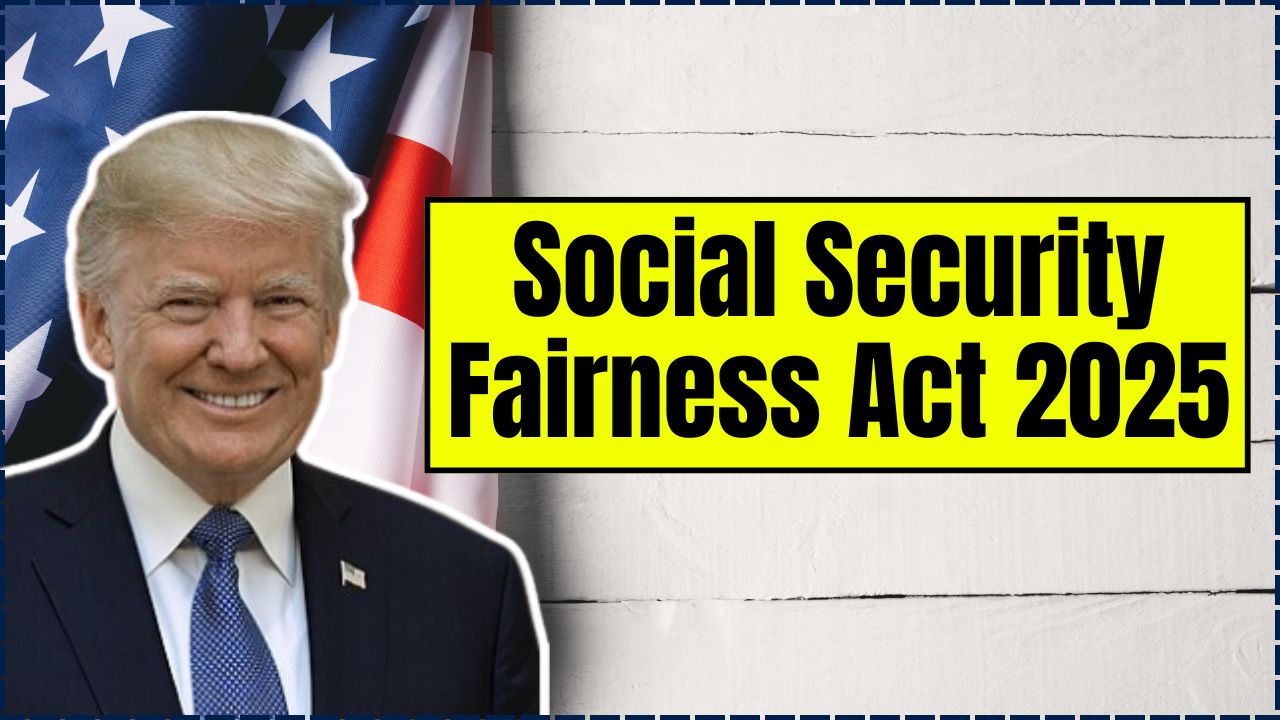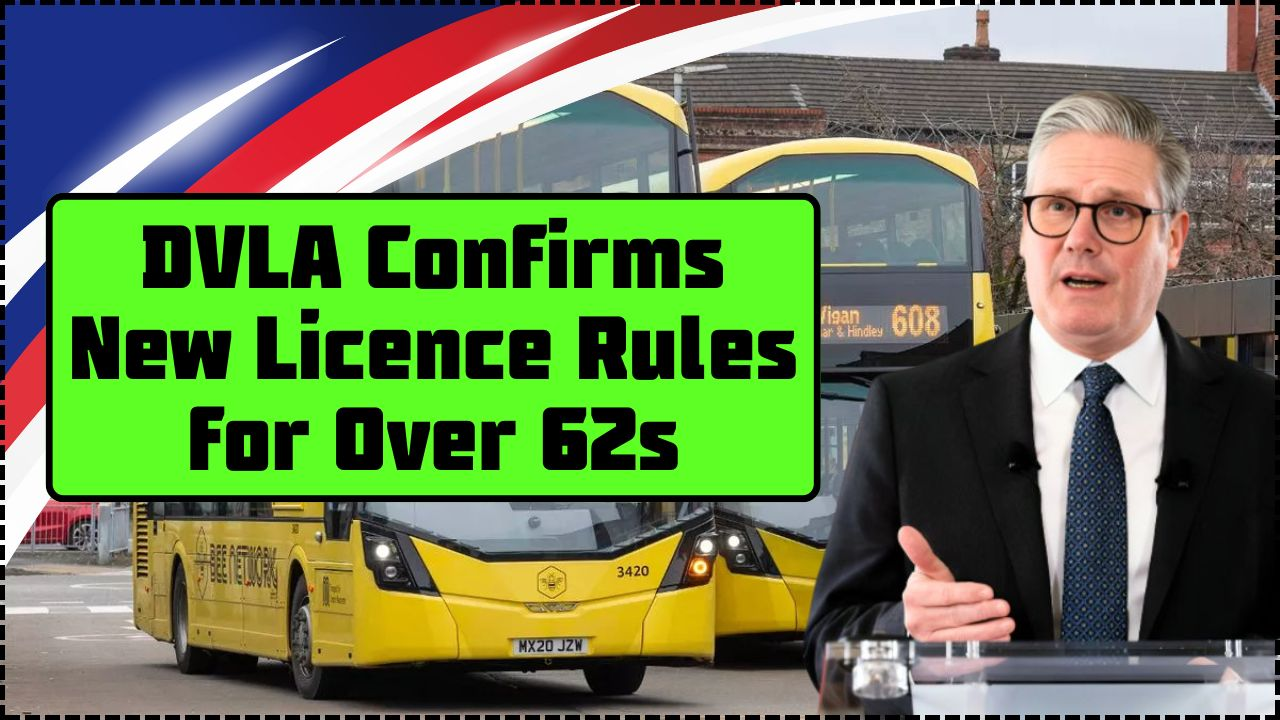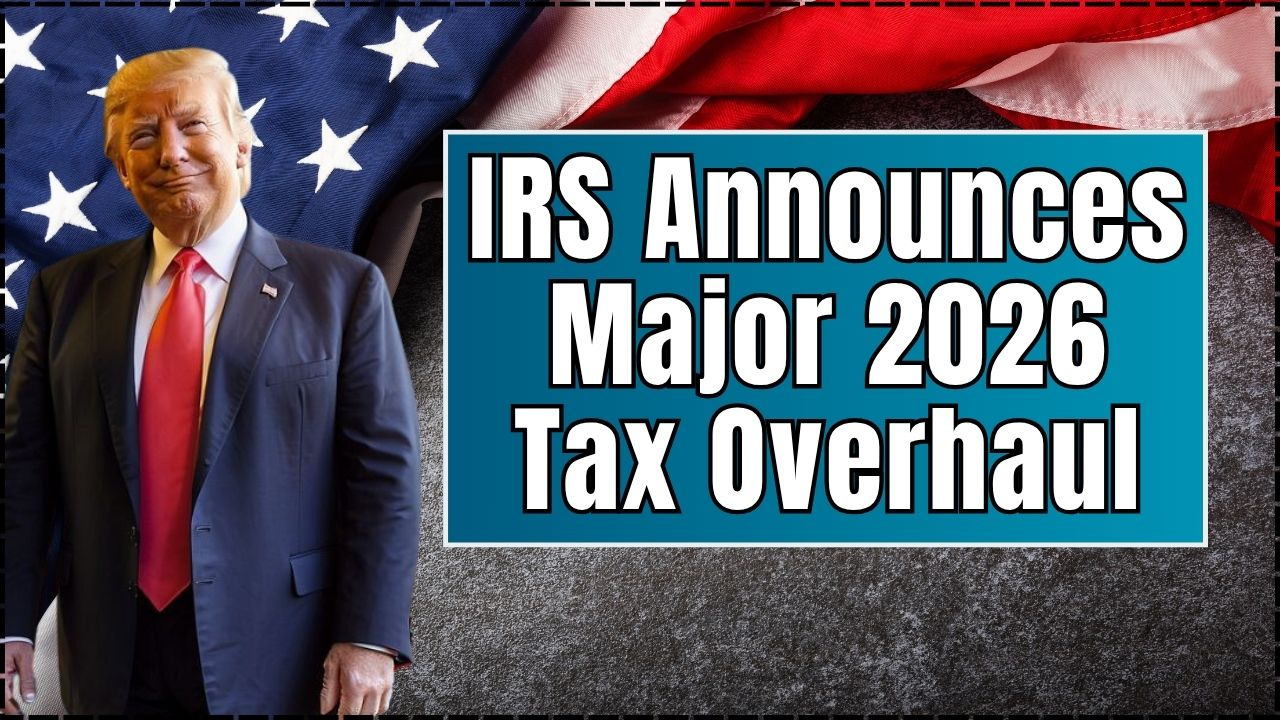In October 2025, millions of seniors in the United States will be eligible for a $5108 stimulus payment, aimed at providing financial relief amid ongoing economic challenges. This disbursement will primarily target those facing financial hardships, with specific eligibility criteria set by the government. Understanding these requirements is essential for seniors who hope to receive this one-time benefit.
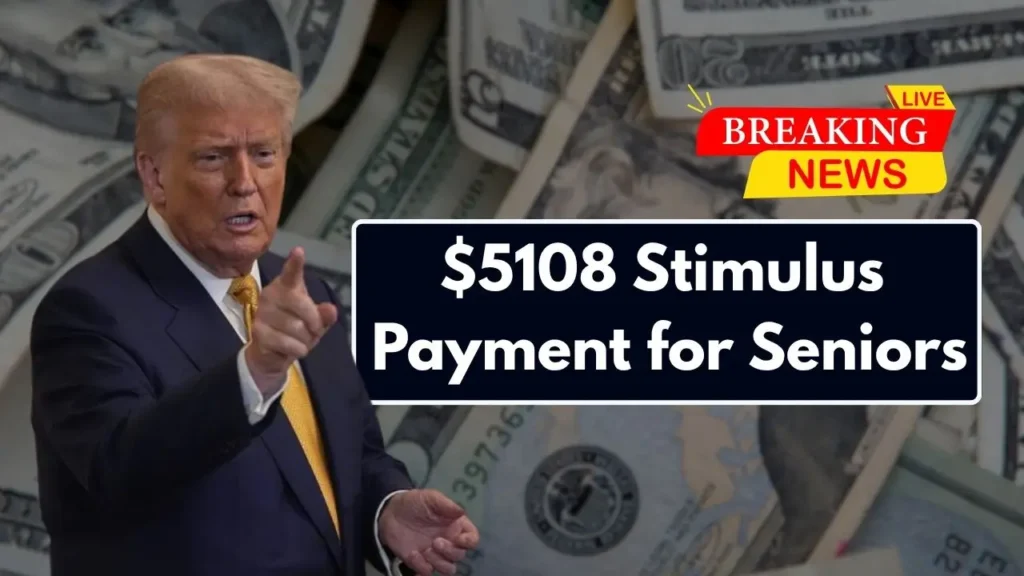
Table of Contents
$5108 Stimulus Payment for Seniors
| Key Fact | Detail/Statistic |
|---|---|
| Stimulus Payment Amount | $5108 per eligible senior |
| Eligibility Criteria | Seniors must meet specific age and income thresholds |
| Disbursement Date | October 2025 |
| Additional Support for Low-Income Seniors | The payment is aimed at helping those with limited financial resources |
The $5108 stimulus payment, set to be disbursed in October 2025, represents a vital step in supporting seniors amid economic uncertainty. While it provides immediate relief, questions remain about long-term financial security for older Americans. As the program rolls out, the government will likely continue to monitor its effectiveness and adapt future measures as necessary.
$5108 Stimulus Payment for Seniors: What You Need to Know
The $5108 stimulus payment announced by the U.S. government for October 2025 marks a significant effort to help seniors facing increasing financial hardships. This relief package will assist older Americans who have been grappling with rising inflation, medical expenses, and other economic challenges. With many seniors living on fixed incomes, the financial relief provided by this payment could help mitigate the effects of rising costs on their quality of life.
This initiative is part of a larger government effort to address the increasing economic disparities faced by seniors, particularly in terms of healthcare costs, housing, and access to essential goods. While this payment is a welcome relief, experts suggest that more comprehensive, long-term solutions will be necessary to ensure seniors can maintain financial stability in the years ahead.
Eligibility Requirements for $5108 Stimulus Payment for Seniors
To qualify for the $5108 stimulus, seniors must meet several key criteria:
- Age Requirement: The payment is available to individuals aged 65 and older. Seniors who turn 65 by the end of the calendar year are also eligible.
- Income Level: Applicants must fall below a certain income threshold. The precise limit varies based on household size and geographic location. Generally, seniors with a household income below 125% of the federal poverty level (FPL) will qualify.
- Social Security Enrollment: Seniors must be enrolled in Social Security, Medicare, or another recognized federal benefit program to streamline disbursement.
- Residency: The payment is only available to U.S. citizens or legal residents who reside in the United States.
The government is working closely with the Social Security Administration (SSA) to ensure that all eligible recipients receive the funds in a timely manner. The payment will be automatically distributed to those who have filed tax returns or received Social Security benefits in recent years, reducing the need for a complex application process.
How Seniors Can Apply for the $5108 Stimulus Payment
To qualify for the $5108 stimulus payment, seniors must meet several key eligibility requirements. These criteria ensure that the payment reaches those who are most in need, particularly those on fixed or low incomes.
- Age Requirement: The payment is available to individuals who are aged 65 or older. Seniors who will turn 65 by the end of the calendar year will also be eligible. This ensures that a large portion of the senior population can benefit from this relief, particularly those who have already faced years of economic challenges.
- Income Level: A critical component of eligibility for this stimulus payment is income. Applicants must meet specific income thresholds to qualify. These thresholds are based on federal poverty guidelines, with seniors earning below 125% of the federal poverty level (FPL) being eligible for the payment. The exact income limits will vary depending on household size and geographic location, as costs of living differ across the U.S. This means that seniors living in high-cost areas, such as New York or California, may have higher income thresholds than those living in rural or lower-cost areas.
- Social Security Enrollment: Seniors who are enrolled in Social Security, Medicare, or another federal benefit program are automatically eligible for the payment. The Social Security Administration (SSA) will use its database to determine eligibility and ensure the payment is distributed efficiently. However, seniors who are not part of these programs will need to apply through the Internal Revenue Service (IRS) or another government entity to receive the payment.
- Residency: Only U.S. citizens or legal residents who reside in the United States are eligible for the payment. Seniors living abroad, even if they are U.S. citizens, will not be able to access this stimulus. The disbursement will also not extend to those residing in U.S. territories or other jurisdictions outside the contiguous 50 states and the District of Columbia.
The government aims to make the process of receiving the payment as seamless as possible for eligible seniors. For many, the payment will be automatically deposited into their bank accounts, based on their enrollment in federal programs like Social Security or Medicare. This helps eliminate the need for complex applications and ensures timely distribution.
Financial Impact and Benefits
This $5108 stimulus payment has the potential to make a significant difference in the lives of seniors across the U.S. The financial benefits of the payment will provide immediate relief for many seniors who are struggling to keep up with the rising costs of living. These payments can help seniors cover essential expenses such as food, utilities, and healthcare costs, reducing the strain that many older Americans face on a daily basis.
For some seniors, the stimulus payment may represent a much-needed buffer, helping them make ends meet for a few months. However, while the payment provides short-term relief, it does not solve the long-term financial challenges that many seniors face. Healthcare costs, housing expenses, and the rising price of everyday goods continue to pose major financial challenges for seniors, especially those who are on fixed incomes.
Critics of the stimulus payment argue that $5108 may not be enough to address the deep and growing financial insecurity faced by many seniors. Some advocacy groups, such as AARP, have called for more comprehensive policies to ensure that seniors have access to affordable healthcare, housing, and income support in the long term.
Criticism and Concerns
While the stimulus has been welcomed by many, some critics argue that the payment is insufficient for the long-term financial security of seniors. Advocacy groups for the elderly have called for more comprehensive reforms to address the underlying issues, such as rising healthcare costs and the lack of affordable housing for older Americans.
Additionally, the income threshold has sparked debate. Some believe that it may exclude a number of seniors who, while not living in poverty, still struggle to make ends meet due to rising inflation.
The Future of Stimulus Programs for Seniors
Looking forward, experts suggest that additional measures may be necessary to ensure that seniors remain financially secure in the coming years. As the U.S. population ages, the demand for financial assistance for seniors is expected to increase. While the $5108 stimulus payment is a step in the right direction, it is unlikely to be sufficient to address the broader and ongoing financial challenges faced by seniors.
Advocacy groups have called for a comprehensive, long-term solution that includes both immediate relief and structural changes to the way senior citizens are supported in the U.S. These changes could include increased access to affordable healthcare, expanded social safety nets, and policies designed to ensure that seniors can live with dignity and security.
FAQs About $5108 Stimulus Payment for Seniors
Q: How do I apply for the $5108 stimulus payment?
Most seniors will receive the payment automatically through their Social Security or federal benefits. If not enrolled, you may need to apply via the IRS or HUD.
Q: What are the income thresholds for eligibility?
Seniors must have a household income below 125% of the federal poverty level to qualify. Exact thresholds depend on household size and location.



